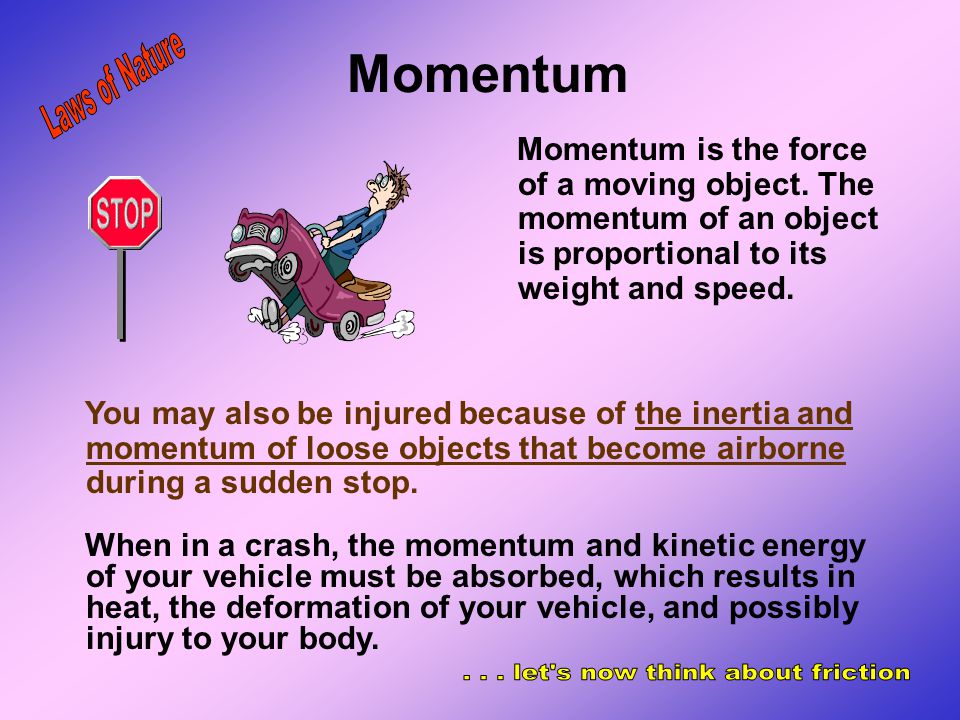- Chapter 3newton's Laws Of Motionmr.'s Learning Websites
- Chapter 3newton's Laws Of Motionmr.'s Learning Website Page
To learn more about how forces are applied to sports, WEb LInK go To NELSoN SCiENCE 3.3 Figure 2 The relationship among. 130 Chapter 3. Newton’s Laws of Motion NEL 7381aPhyCh03pp108-159.indd 130 1/6/11 1:12:06 PM. Figure 3 The graph of net force versus acceleration is linear, and the slope.
Newton’s Laws of Motion Definition:
Newton’s laws of motion explains the linear momentum and moment of inertia of moving objects.
We are giving a detailed and clear sheet on all Physics Notes that are very useful to understand the Basic Physics Concepts.
Newton’s Laws of Motion | Definition, Examples – First, Second and Third law – Laws of Motion
- Newton’s laws of motion imply the relationship between an object’s motion and the forces acting on it. In the first law, we come to understand that an object will not change its motion unless a force acts on it. The second law states that the force on an object is equal to its mass times its acceleration.
- Our Newton’s Laws of Motion lesson plan teaches students all about Newton’s three Laws of Motion and how to use them. During this lesson, students are asked to work cooperatively with a group to demonstrate at least 2 examples for each of Newton’s Three Laws of Motion.
- 3.5-fbdsandusingnewtonslawswithnotes.pptx: File Size: 1821 kb: File Type: pptx.
1. Newton’s First Law of Motion Definition:
A body continues to be in its state of rest or in uniform motion along a straight line unless an external force is applied on it. Newton’s First Law of Motion is also known as law of inertia.
Newton’s First Law of Motion Examples
- When a carpet or a blanket is beaten with a stick, then the dust particles separate out from it.
- If a moving vehicle suddenly stops, then the passengers inside the vehicle bend outward.
Chapter 3newton's Laws Of Motionmr.'s Learning Websites
2. Newton’s Second Law of Motion:
Newton’s Second Law of Motion gives us the rate of change of linear momentum is proportional to the applied force and change in momentum takes place in the direction of applied force.
Newton’s Second Law of Motion Mathematical Expression is,

F α (frac{d mathbf{p}}{d t}) ⇒ F = k (frac{d}{d t})(mv)
where, k is a constant of proportionality and its value is one in SI and CGS system.
F = (frac{m d mathbf{v}}{d t}) = ma
The second law of motion is a vector law. It is equivalent to three equations. One for each component of the vectors.
Newton’s Second Law of Motion Examples
1. It is easier for a strong adult to push a full shopping cart than it is for a baby to push the same cart (this is depending on the net force acting on the object).
2. It is easier for a person to push an empty shopping cart than a full one (this is depending on the mass of the object).

3. Newton’s Third Law of Motion Definition:
For every action there is an equal and opposite reaction and both acts on two different bodies.
Newton’s Third Law of Motion mathematical formula, F12 = – F21
Newton’s Third Law of Motion Examples
- Swimming becomes possible because of third law of motion.
- Jumping of a man from a boat onto the bank of a river.
- Jerk is produced in a gun when bullet is fired from it.
- Pulling of cart by a horse.
Note:
Newton’s second law of motion is called real law of motion because first and third laws of motion can be obtained from it.
The modern version of these laws are as follows
(i) A body continues in its initial state of rest or motion with uniform velocity unless an unbalanced external force is acted on it.
(ii) Forces always occur in pairs. If body A exerts a force on body B, an equal but opposite force is exerted by body B on body A.
Laws of Motion:
There are various laws in Physics that define the motion of the object. When an object is in motion whether it is linear or circular there is some force which is always imposed on it.
Chapter 3newton's Laws Of Motionmr.'s Learning Website Page
| What is Inertia of Motion | Force |
| Law of Conservation of Linear Momentum | Impulse |
| Laws of Motion | Rocket |
| Equilibrium of a Particle | Weight |
| Friction | Motion on a Rough Inclined Plane |
| Motion of Bodies in Contact | Pulley Mass System |




